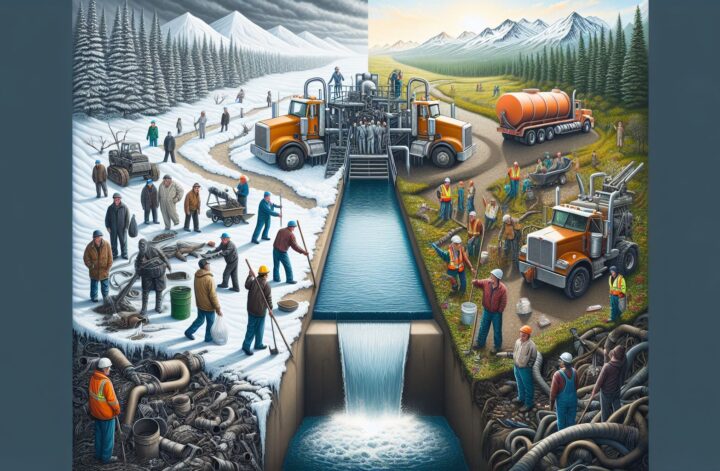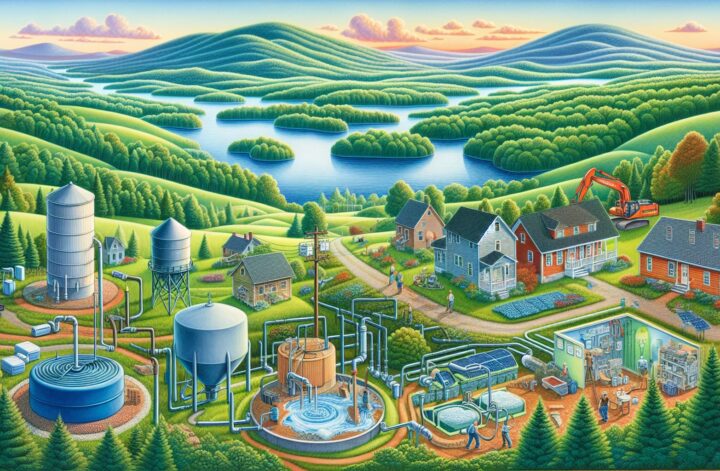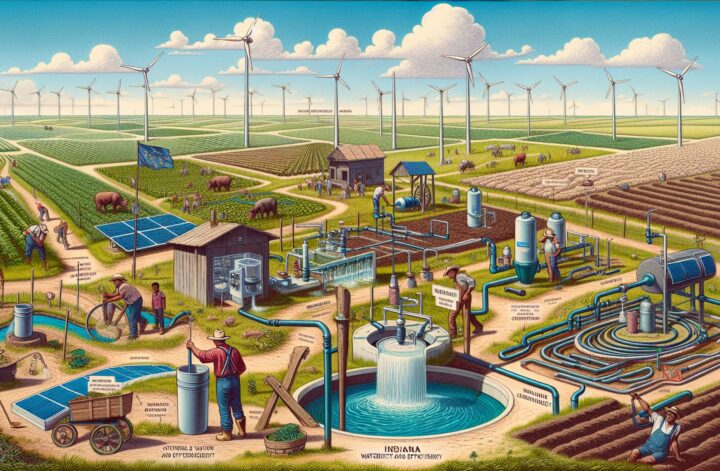Alaska, known for its stunning landscapes that include expansive forests and majestic mountains, is home to many small, remote communities scattered across its vast territory. Yet, amidst this natural beauty lie challenges these communities face daily – one of the most pressing being the management of water and wastewater systems.
Water supply and sanitation in Alaska, particularly in its rural regions, stand in stark contrast to the scenario in most parts of the mainstream United States. Many isolated and indigenous communities in the Alaskan rural region lack access to regular and reliable potable water and modern sanitation service, a reality brought about by geographical constraints, harsh climatic conditions, and economic factors.
One might be surprised to hear that flush toilets and running water remain a luxury in some Alaskan towns. According to Alaska Department of Environment Conservation (ADEC) data, as of 2018, 32 Alaskan communities still deemed as “unserved,” have residences without running water or modern sewer systems [^1^].
Such scenarios lead to a reliance on a “honey bucket,” a DIY sanitation solution involving a five-gallon bucket for waste collection, which is later manually emptied into sewage lagoons or open pit dumps. The impracticality and health hazards associated with such a system are self-evident.
However, despite the severe circumstances, there have been concerted efforts by multiple parties to address and improve the rural water and wastewater systems in Alaska. A notable instance is the pilot project by The Alaska Native Tribal Health Consortium (ANTHC) utilising Decentralised Wastewater Treatment Systems (DEWATS). DEWATS is a low-maintenance, cost-efficient solution appropriate for the harsh physical and climate conditions of rural Alaska, which not only successfully decreases diseases associated with inadequate sanitation but also cuts down water use drastically [^2^].
The United States Department of Agriculture’s (USDA) Rural Development program has also shown a renewed commitment to improve the sanitation situation in Alaska. In 2020, it invested $22 million, aimed to “help rural Alaskans access modern, reliable water and wastewater systems” [^3^].
While these initiatives are a step in the right direction, the situation remains grave, and much needs to be done. A comprehensive and sustained effort from the government and policy makers is required to ensure that rural Alaskans gain access to something as fundamental as safe and reliable water and sanitation systems.
[^1^]: ADEC – 2018
[^2^]: ANTHC – DEWATS
[^3^]: USDA Rural Development




